Best Kit/Protocol to Extract High Molecular Weight DNA from Artemisia absinthium L.
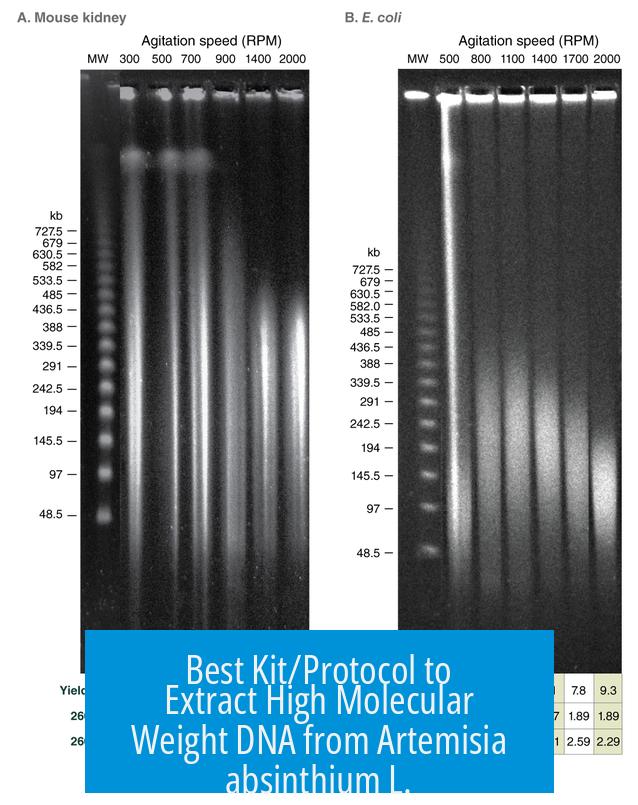
For extracting high molecular weight (HMW) DNA from Artemisia absinthium L., specialized kits such as those from Bionano Genomics provide reliable protocols and reagents. These kits are developed to handle problematic plant tissues, including those with high levels of secondary metabolites, common in Artemisia species.
1. Understanding High Molecular Weight DNA Extraction
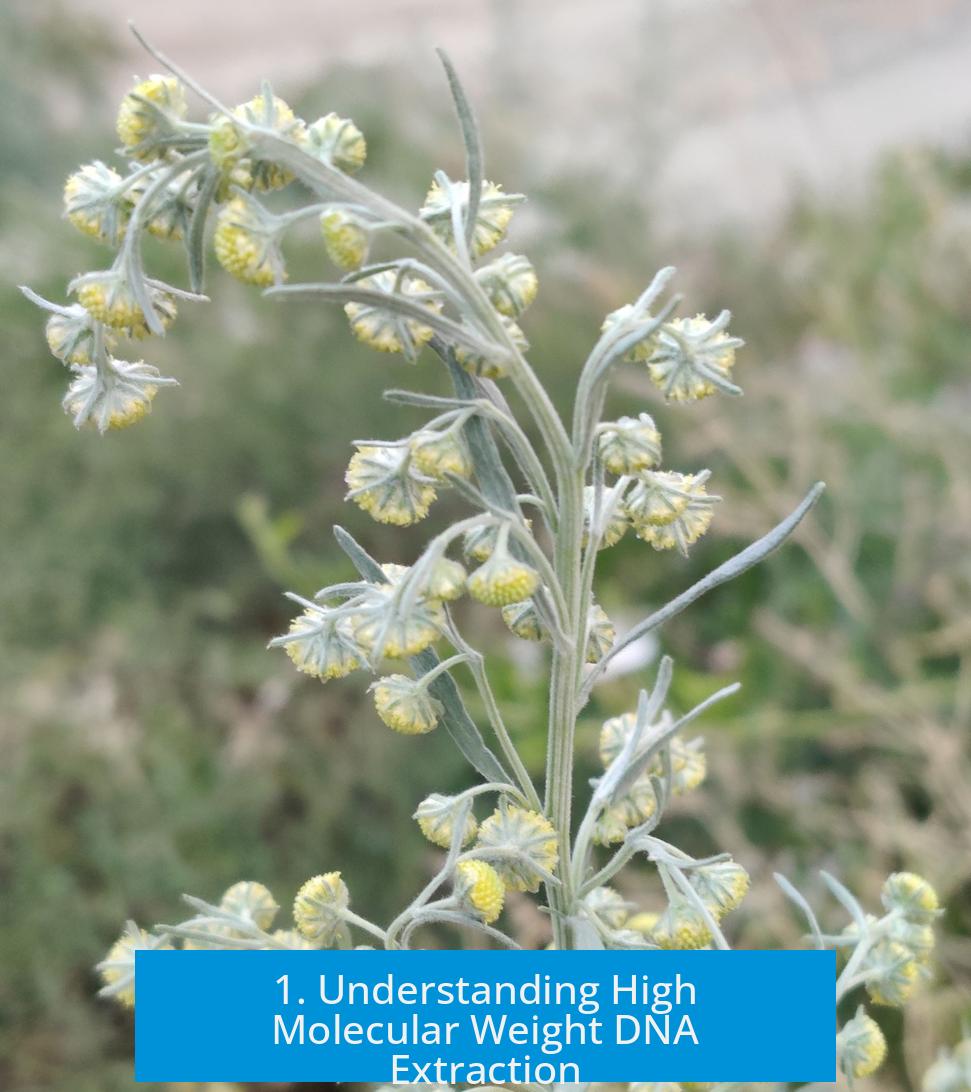
The term “molecular weight DNA” typically refers to high molecular weight DNA, necessary for applications like genome mapping or long-read sequencing. This DNA should have minimal shearing and high purity.
2. Recommended Kits
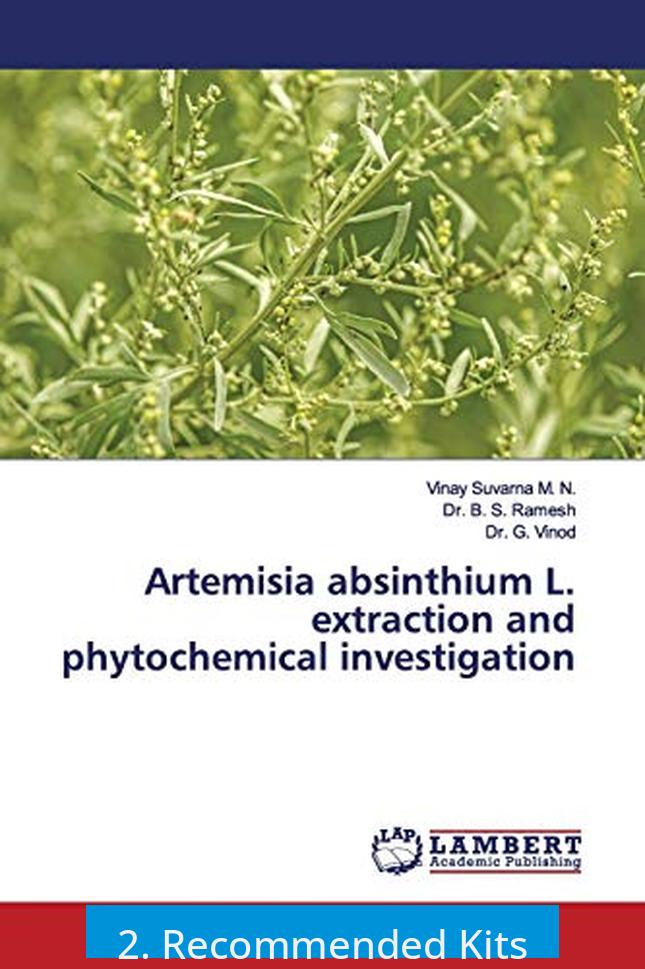
- Bionano Genomics Kits: Designed to isolate ultra-high molecular weight (UHMW) DNA. These kits use gentle lysis and purification steps to maintain DNA fragment length. They accommodate plant-specific challenges such as rigid cell walls and secondary metabolites.
3. Contacting Experts for Troubleshooting
Hana Simkova is a recognized expert in UHMW DNA isolation from plants. Her protocol development experience is valuable for resolving challenges during extraction. Her research paper (available here) offers detailed insights into effective protocols for plants similar to Artemisia.
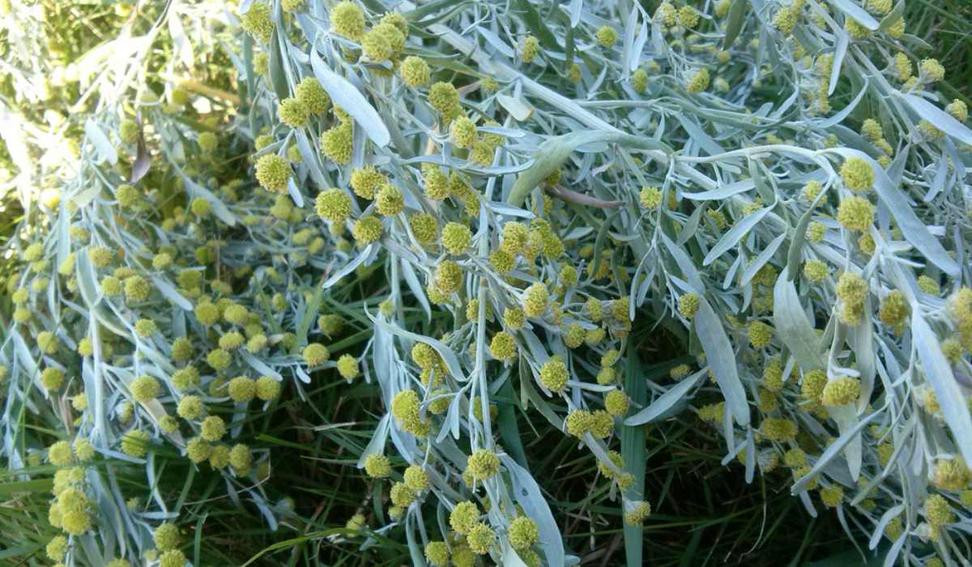
4. Alternative Protocols for Plants with Secondary Metabolites
Artemisia absinthium contains abundant secondary metabolites that can interfere with DNA purity. When commercial kits fall short, a modified CTAB method combined with chloroform/isoamyl alcohol purification often yields pure HMW DNA.

- The CTAB protocol uses cationic detergent to selectively precipitate DNA while removing proteins and polyphenols.
- Repeated chloroform/isoamyl alcohol extractions help eliminate residual contaminants.
- Ensuring minimal DNA shearing via gentle mixing is critical to maintain fragment length.
Summary of Key Points
- Bionano Genomics kits are top choices for extracting UHMW DNA from Artemisia absinthium.
- Contacting experts like Hana Simkova can improve protocol success.
- A CTAB-based protocol with chloroform/isoamyl alcohol purification is effective for plants rich in secondary metabolites.
- Maintaining gentle handling preserves DNA integrity for downstream applications.
Best Kit/Protocol to Extract Molecular Weight DNA from Plant (Artemisia absinthium L.)?
If you’re diving into the world of DNA extraction from Artemisia absinthium L., hold onto your lab coat. Extracting high molecular weight (HMW) DNA — or as some might mistakenly call it, simply “molecular weight DNA” — from this aromatic powerhouse is a serious business. This plant is packed with secondary metabolites that can gum up your DNA extraction efforts like an overworked coffee machine in need of a good clean. But fret not. There’s a way to get ultra-high molecular weight (UHMW) DNA from these leaves without pulling your hair out.
So, what’s the best kit or protocol for this task? The short answer is: Bionano Genomics offers the leading kits and protocols designed to extract UHMW DNA even from tricky plants like Artemisia absinthium. Let’s unpack that with some context and actionable insights.
Why Artemisia Absinthe and UHMW DNA Extraction is Challenging
Artemisia absinthium is not your average leaf. It’s rich in secondary metabolites such as polyphenols and terpenoids. These compounds can stick to DNA or cause it to degrade during extraction. That’s why regular DNA kits often yield fragmented or contaminated DNA. This is no good if your goal is to study genome architecture, perform long-read sequencing, or investigate structural variations.
High molecular weight DNA, especially UHMW DNA, is vital for techniques like optical genome mapping and long-read sequencing. Think of it as fishing with a net rather than a sieve. You want big, intact strands, not tiny bits.
Bionano Kits and Protocols: The Go-to Solution
Bionano Genomics developed specialized kits and protocols explicitly suited for UHMW DNA isolation from plants that are challenging due to high metabolite content.
- These kits involve gentle lysis methods to avoid shearing the DNA.
- They use optimized buffers to minimize interactions with secondary metabolites.
- The protocols implement delicate handling steps like embedding cells in agarose plugs to stabilize DNA.
What sets Bionano’s approach apart is its track record in handling “problem plants” — something Artemisia absolutely qualifies as. These protocols yield DNA fragments that can reach hundreds of kilobase pairs or even megabase pairs in length.
If you hit any roadblocks (and that’s a very humane expectation given the complexity of Artemisia), reaching out to experts like Hana Simkova is a golden ticket.
Who is Hana Simkova and Why Should You Care?
Hana Simkova is a DNA extraction guru who co-developed some of the best-performing protocols and kits for UHMW DNA extraction from plants. Trying to tackle DNA isolation without tapping into her expertise is like trying to build IKEA furniture blindfolded. You might get there, but it’s hard.
Her paper from 2003 is a solid resource detailing extraction nuances and troubleshooting tips. If you want to optimize your Artemisia absinthium extractions, contacting her or referencing her work could save you heaps of time and frustration.
Should You Trust Kits or DIY Protocols for Artemisia?
Here’s the honest truth: kits are convenient but sometimes limited, especially with plants chock-full of secondary metabolites that interfere with extraction. The alternative? The old-school CTAB (cetyltrimethylammonium bromide) with chloroform/isoamyl alcohol protocol.
This classic method involves:
- Cell lysis with CTAB to trap polysaccharides and secondary metabolites.
- Using chloroform and isoamyl alcohol to remove proteins and other contaminants effectively.
- Precipitating DNA gently to preserve strand length.
While not a “kit” per se, this protocol has been a lifesaver for researchers working with difficult plant tissues. It’s flexible and can be tweaked — adding antioxidants or PVPP (polyvinylpolypyrrolidone) to bind phenolic compounds, for instance.
So, depending on your budget, expertise, and available lab resources, you might balance between purchasing a Bionano kit or mastering the CTAB-chloroform extraction on your own.
Quick Tips to Maximize Your Artemisia DNA Extraction Success
- Start with fresh or well-preserved tissue. Old or dried leaves make DNA fragments shatter like brittle cookies.
- Minimize shearing. Use wide-bore pipette tips and avoid vortexing.
- Work at cooler temperatures whenever possible. Heat speeds up enzymatic degradation.
- Use additives like PVP or beta-mercaptoethanol. They can neutralize the pesky polyphenols.
- Run a pilot extraction. Try different protocols on small samples before scaling up.
Wrapping Up: Your Best Bet for Artemisia Absinthe DNA
In summary, Bionano Genomics UHMW DNA extraction kits and protocols stand out as the best commercially available option for Artemisia absinthium L., particularly if you’re after big, pristine DNA strands. Their gentle methods and specialized reagents help you bypass the chemical hurdles that Artemisia’s secondary metabolites throw at you.
If you want to roll your sleeves up, the classic CTAB and chloroform/isoamyl alcohol method — enhanced with antioxidants — remains a solid alternative. Just remember, no one-size-fits-all in plant DNA extraction, especially with a finicky plant like wormwood.
So, what suits you better? The off-the-shelf reliability of Bionano kits or the DIY satisfaction of CTAB chemistry? Maybe flirt a little with both worlds. DNA extraction is as much an art as a science, after all! And armed with this knowledge, your Artemisia research project is off to a spiffing start.
What kits are recommended for extracting ultra-high molecular weight DNA from Artemisia absinthium L.?
Bionano offers specialized kits and protocols for UHMW DNA extraction from plants, including challenging species like Artemisia absinthium L. These kits are designed to preserve DNA integrity during extraction.
Is there an expert to contact for troubleshooting DNA extraction from Artemisia absinthium?
Hana Simkova is highly experienced in UHMW DNA extraction protocols. She contributed to the development of Bionano kits and can offer valuable advice if issues arise during your extraction process.
Does “molecular weight DNA” mean the same as high molecular weight DNA?
The term “molecular weight DNA” is unclear. Usually, the goal is to extract high molecular weight (HMW) DNA, which refers to long, intact DNA strands suitable for advanced analyses.
What is a good protocol for plants rich in secondary metabolites like Artemisia absinthium?
For plants rich in secondary metabolites, a CTAB (cetyltrimethylammonium bromide) protocol combined with chloroform/isoamyl alcohol extraction is often more effective than commercial kits. This helps remove contaminants interfering with DNA quality.
Are commercial kits always suitable for extracting DNA from Artemisia absinthium?
No, many commercial kits struggle with plants that produce secondary metabolites. Protocols like CTAB extraction may yield better results for high-quality DNA from Artemisia absinthium L.


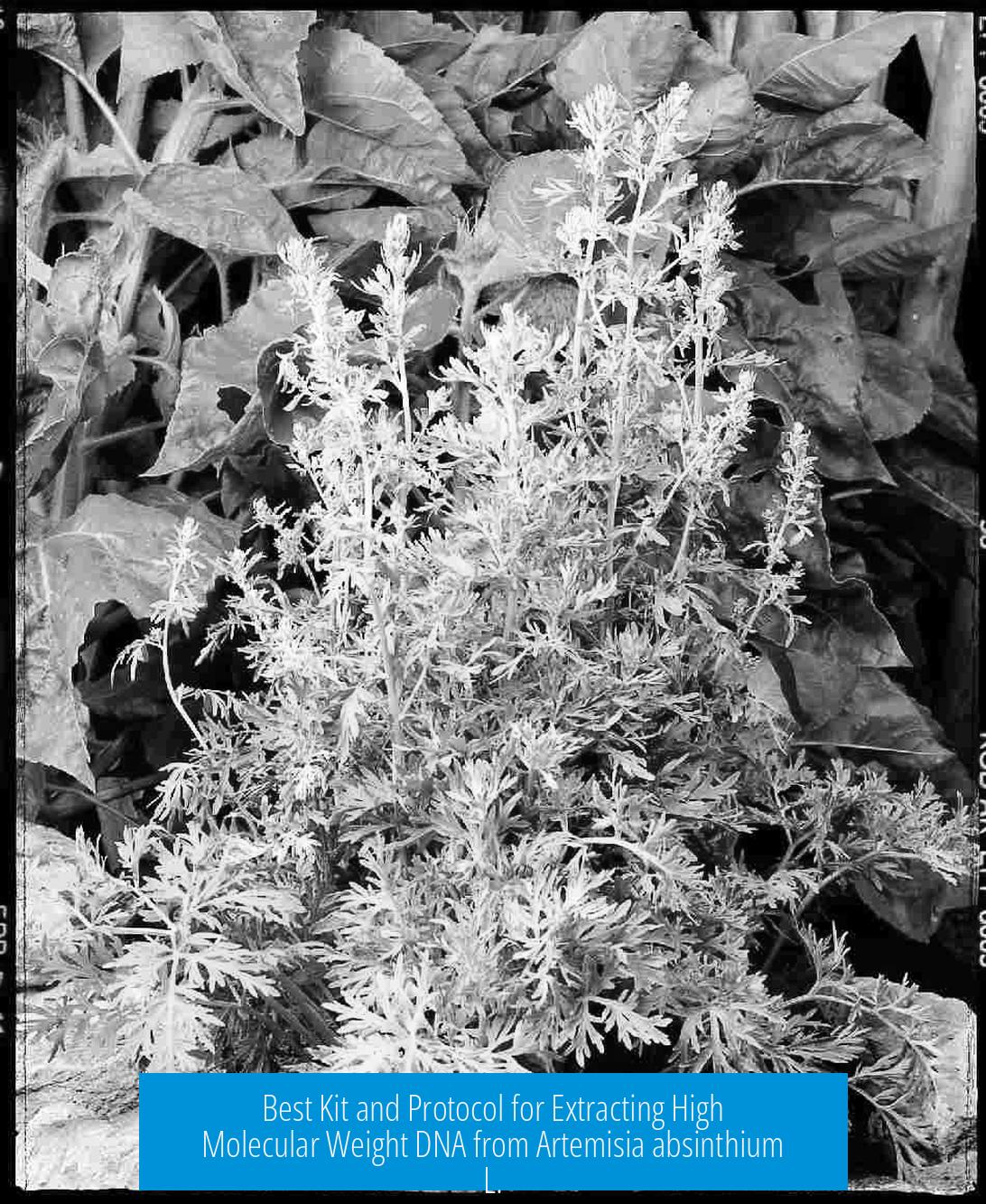
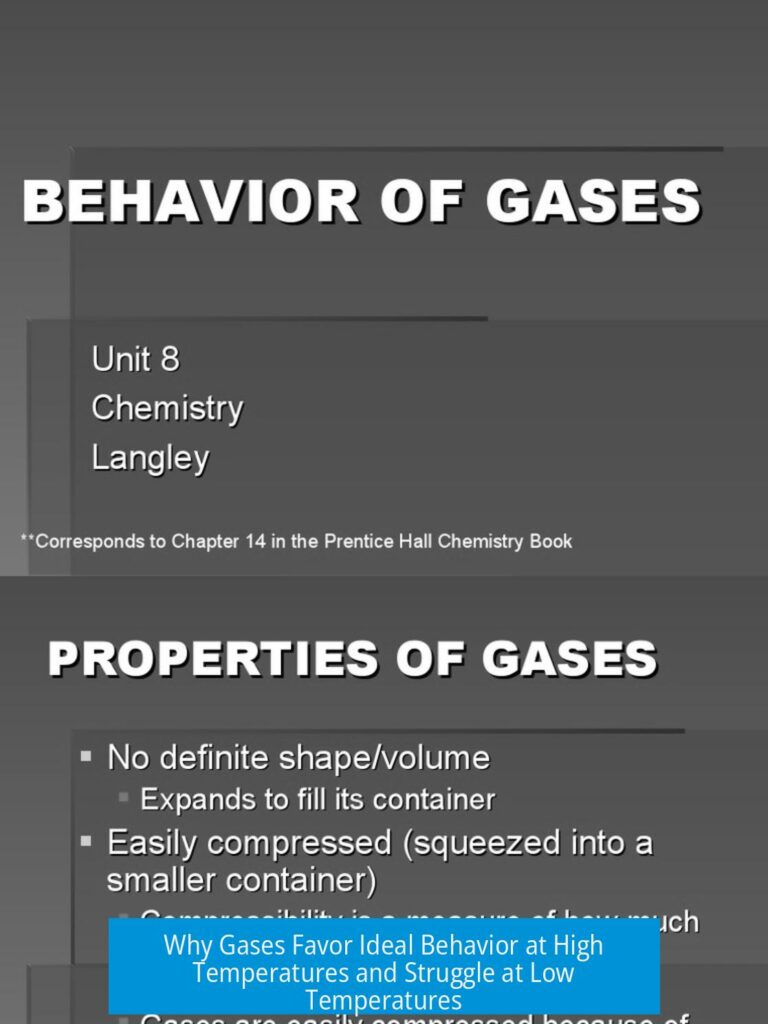
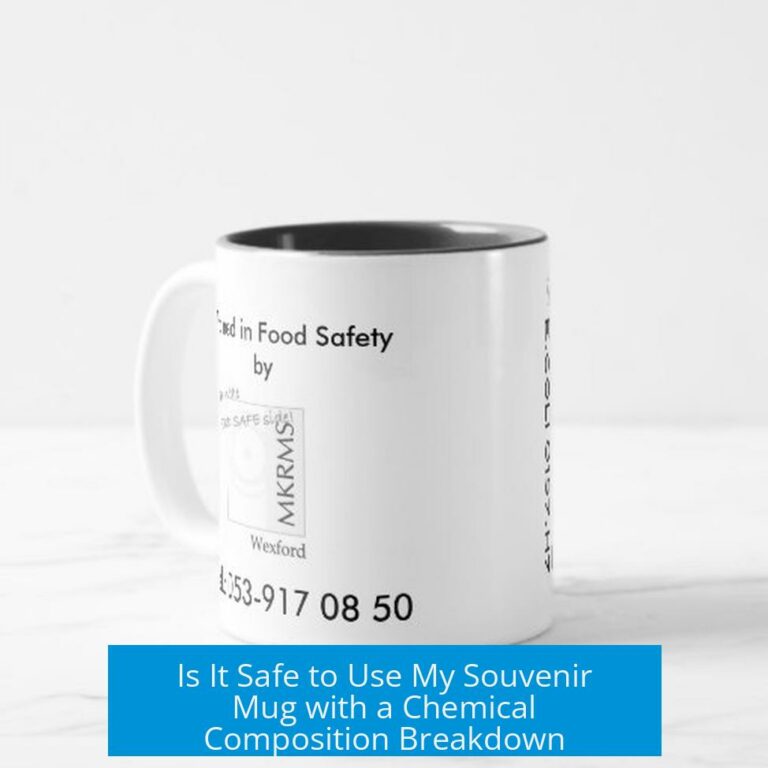
Leave a Comment